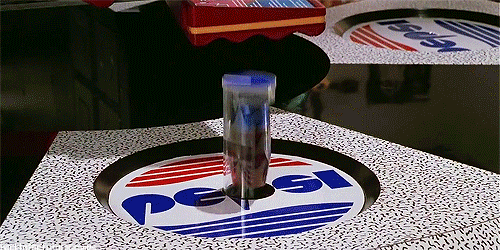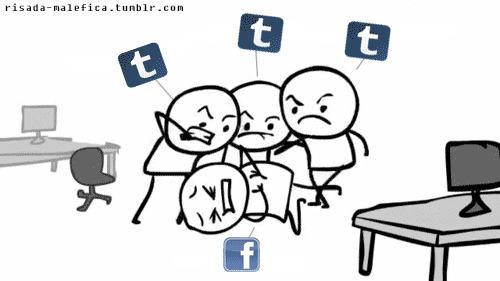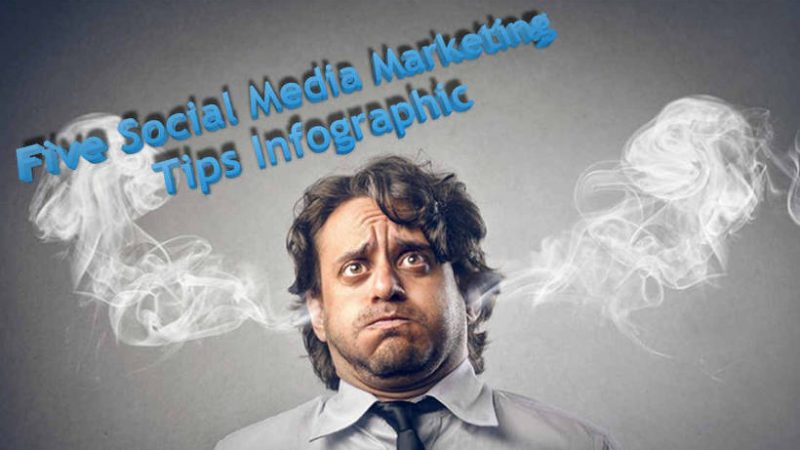This October, Coca-Cola and PepsiCo made the decision to centralize their social media efforts.
For PepsiCo, taking social media marketing in-house provides the opportunity to react faster to digital marketing trends and connect with consumers on a transparent level. Coca-Cola, meanwhile, established their North American Social Center. Staffed by 55 people, the center serves as a real-time newsroom that uses listening and analytics tools to study emotions behind trending events and create content that connects consumers to its drink roster.

Social Media Marketing PepsiCo

For the two beverage brands, bringing digital marketing under in-house management instead of outsourcing to an agency speaks to how marketing is maturing. Social media’s growing up and businesses want to tell their story in a way that’s personalized and true to the brand’s nature, rather than create content for the sake of having something to post. For small businesses thinking of reaching out to an agency to handle your digital strategy, step back and consider the benefits that your brand can enjoy by keeping social in-house.
You can create your own internal team of the brand to social media.

Before you go on a hiring spree, take a moment to consider what your in-house social department needs. Are you looking for a community manager? Strategist? Blogger? How about all of the above?
What about the workload? Does it constitute to needing someone full-time or part-time? What does the department budget look like? Take all of this into consideration before hiring someone (or several someones) to manage your brand’s social presence on a daily basis.
Your expert should be well-versed in understanding your brand’s consumers, history and voice, and how to create content that works, as well as continually conducting A/B testing to see what your audience responds to best.

Lisa Keller, Social Media Content Manager and Editor for Nestlé Purina North America, recommends looking for candidates with a strong writing background. Journalists, freelance writers, bloggers, and social influencers are all good examples. These creatives are naturally passionate about creating and testing content that engages audiences – combine that passion with enthusiasm for your small business and you have more than just a resident social media expert: you get your own built-in brand advocates.
Your internal team will be more cost effective.

A few years ago, Digiday revealed insight into the price tags behind what in-house versus outsourced social media actually costs.
An hour at a major agency costs about $100 to $250 – that generates them around $2,400 a day and $876,000 per year. And companies that house multiple brands under their umbrella like Procter & Gamble, or the aforementioned PepsiCo, would be spending almost a million dollars per brand at these agencies.
Most small businesses have much more conservative budgets, so in addition to housing your own internal social media expert, you could also be saving a lot of money.
The average cost of bringing in someone is $100,000, which provides a noticeable difference. It also ensures that a small business doesn’t treat social as something that’s out of sight and out of mind, which leads me to my final point…
Control your internal team in social media easier to implement a nimble approach for sharper work.

You’ve brought in a social media professional who’s adept at creating content at a much lower cost than an agency would have charged. Now let’s get back to that content and what the expectations of keeping it in-house look like.
By bringing social in-house, your small business maintains full control of what’s posted, where, and when. But it’s not a leisure activity. Anyone placed into this position needs to be able to understand consumers and how they communicate with the brand. By using analytics and listening tools, they can create content that resonates with their audience and brings even more people in on the conversation while still getting the brand’s message across.
In-house social also presents the opportunity to be nimble and act quickly on trending topics and rising platforms. Marketing Dive noted that it can be trickier to move quickly with an agency, which is often slow to react to changing needs of both brands and social platforms. This presents an in-house team with the ability to jump on innovative ideas where they know their target audience is and implement a plan of action to reach them.
At the same time, it also allows in-house teams the ability to realize that some social platforms won’t be around forever or consistently reach the same audience. The best strategy is to keep a shrewd eye on what the next wave might look like in terms of influence while continuing to deliver to audiences and their needs right now.
Ultimately, only you can decide whether to bring everything in-house or take the agency plunge. But if you’re working with a fairly limited budget, would like to keep a close eye over everything that goes in and out of your marketing department, and love the idea of having your own brand historian on hand to tell the story of your past, present, and future, in-house might just be the perfect fit.





